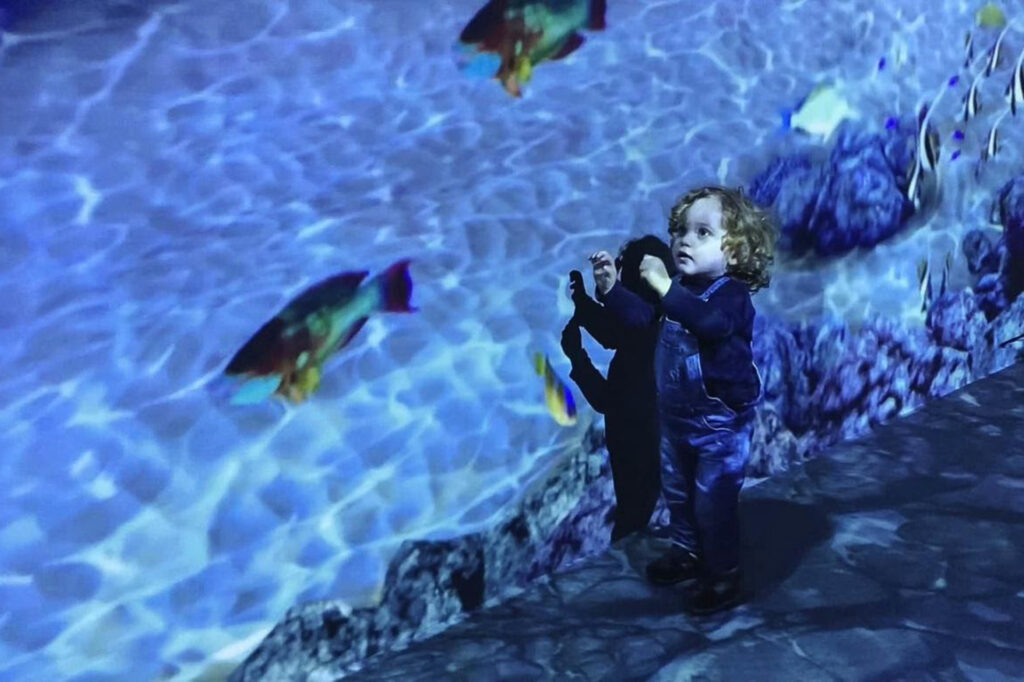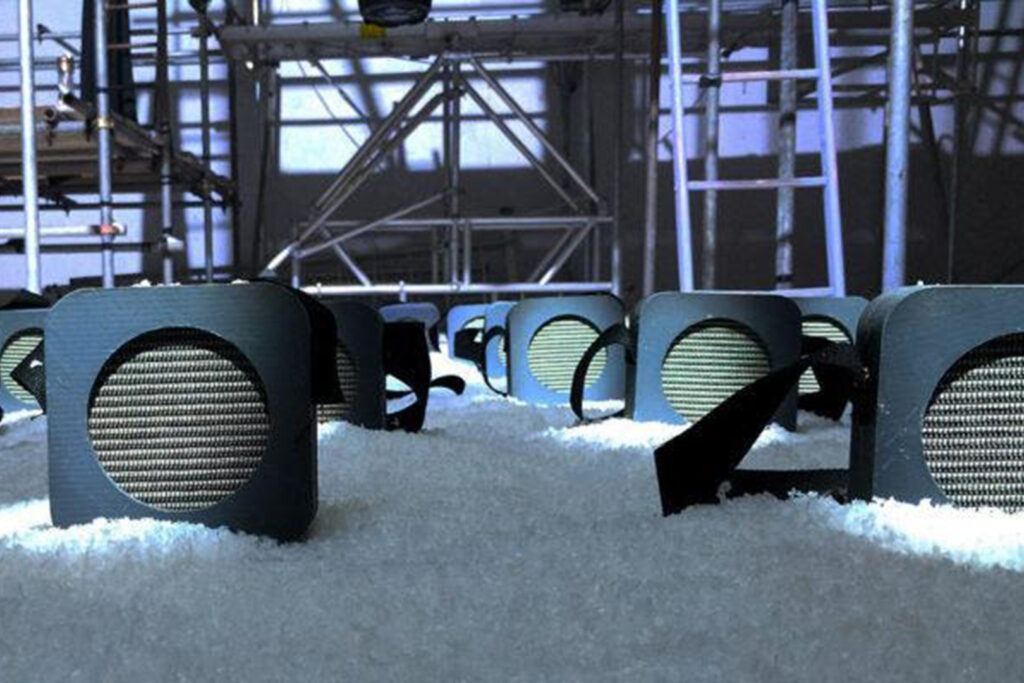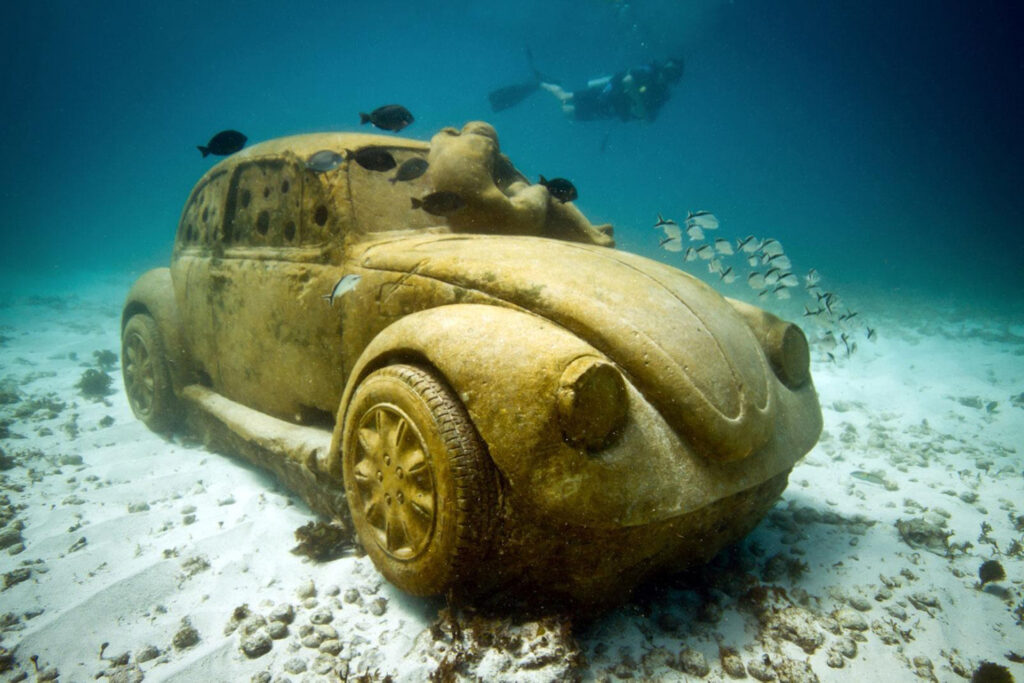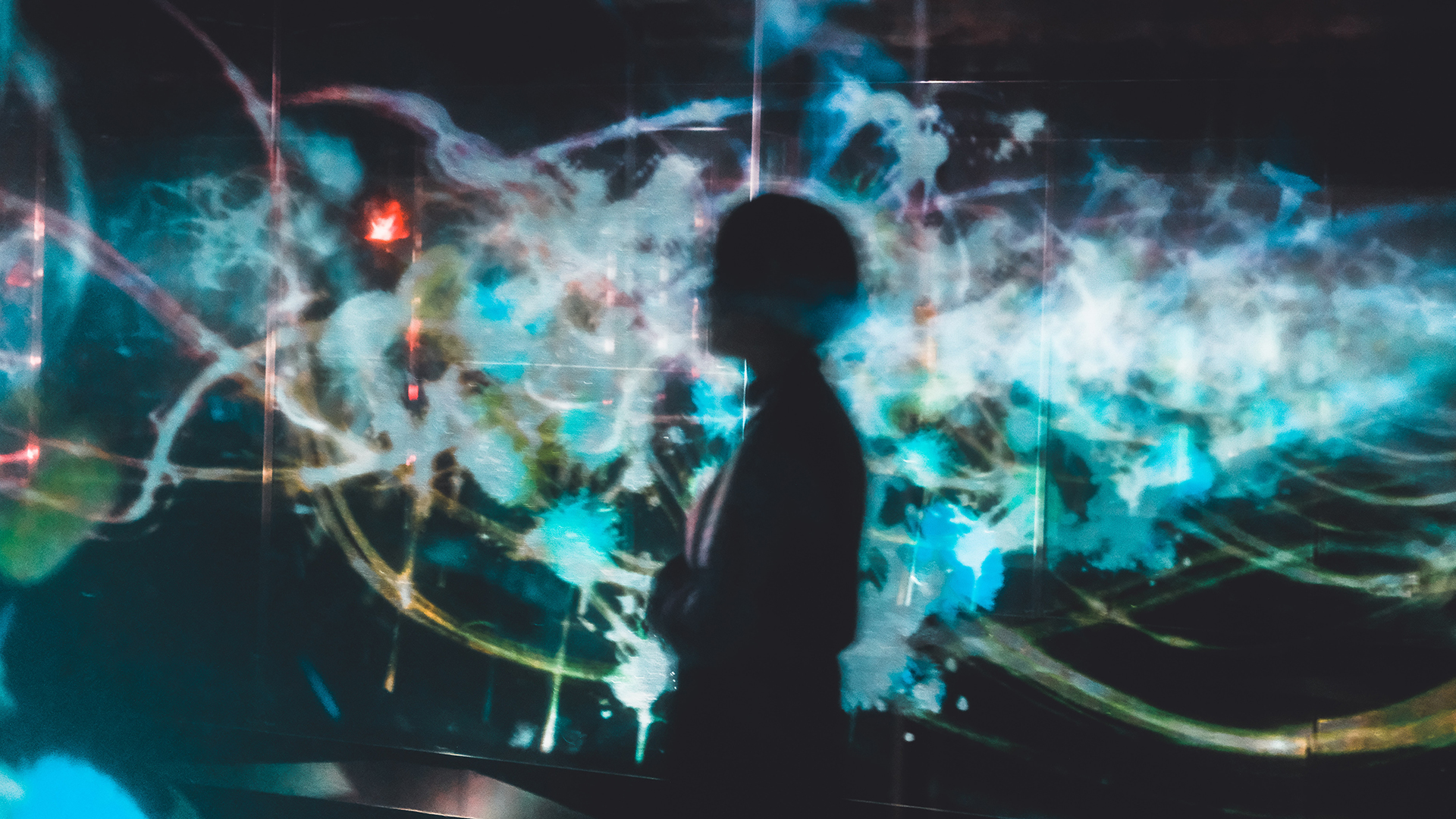Dorothy Di Stefano is a Co-Founder of the WXO and Founder and Director of Molten Immersive Art, a global collective of experiential and immersive artists.
The experiential art impresario reflects on what immersive art means in 2021, the trends and shifts shaping the industry, and the questions we need to ask to reach the routes required to craft more meaningful – and ultimately more successful – immersive experiences in a post-pandemic world.
“It’s an unprecedented time in human history.”
“I’m doing some of the best work I’ve ever done.”
“What is an immersive experience?”
These are a few of the common phrases – or at least ideas – that I’ve heard recently when talking about immersive art, digital art, immersive digital art experiences, and the countless other word-soup combinations used to describe them. These ideas may be subjective and broadly misunderstood, but they reflect some of the views – from makers and audiences – of the amazing art I’m so passionate about.
I’m careful to note the moment in time – mid-2021 – because the sector is bursting at the seams to adjust to a post-lockdown lifestyle. Developing technologies, user experiences, new currencies, frustrated businesses, primed investors; it’s all moving so fast. We are on the verge of an explosion of creative energy. As time is fleeting, and the past only a few seconds away, it’s a good idea to clear up some of this ambiguity, harness our strengths, and stride forward. What is the role of immersive art in our post-pandemic world?
To prize imagination over gentrification

Recently I’ve noticed an urge to create experiences that shift away from the gentrification of art and an economy of things and artefacts, and towards agency in a collective experience. But to have a unique, personal experience alongside the intimate company of strangers – in moments that can only exist in that distinct place, space and time – is something that struggles to fit neatly into unit-based economics.
Sure, there are experiences that are exactly that, and commercial interests are valid. However, a different, and difficult, question is: how do you put a price on an idea? On a moment of self-reflection or guided imagination you’ve stimulated, the impact of which might not blossom until some distant time in the future, if ever? The ripple effect of change in a person’s life is the noble ideal of the artist, but one that cannot – nor should – claim a royalty.
It’s a question I’m still answering. And I may never find the answer, because the ground is always moving – as it needs to be. But what I can say is that there will be no shortage of content available. And as seen in other industries, where content has become saturated, the search for quality, connection and authenticity sets the new standard.
To question structured narratives

I’ve also observed a movement away from structured narrative as a reaction to this gentrification and class system in art. This has been a site of creative tension for millennia, as artists seek to constantly challenge and redefine art and how it creates meaning for others. The pendulum always shifts, but there are some common observations that underpin successful and unsuccessful challenges to the status quo.
They are the social scripts of human behaviour – rituals, rites of passage and rules of communication. The desire to have free will or agency in a moment, the need for structured guidance, and the meaning and connection that transcends class and culture. These elements give audiences a sense of safety and purpose, even if it’s subliminal, which allows for imagination and wonder to engage. When these stars align, transformation is possible – in fact it is desired, sought after, and then paid for.
Moving beyond reflections of the past and looking towards those few seconds in the future, questions and anticipation remain. But, instead of asking “what do people want”, “why”, or “where and when do they want it”, we should instead ask: “HOW can this be meaningful to someone?”
It’s a slightly different emphasis, but one that asks creators to empathise and understand an audience as co-creators, rather than statistics or spectators. In a world filled with endless content, the way forward is to understand how meaning is made and then make that your art.
To provide the tools to engage audiences with experiences

I intend to break down some of the ways in which artists work through creative processes in a series of future articles exploring technique, methodology, place and space, as well as the taken-for-granted aspects of social interaction that inform how art is consumed.
These are ways of thinking that act as tools in my toolkit, much like an artist has brushes or a designer has software. Understanding beyond the technical and the functional, including how we use them in our social lives, can open up new audiences, experiences and relationships. And when we share these tools, we can be ready for whatever the post-pandemic future holds.
The WXO Take-Out
As in most industries, the pandemic has posed questions, challenges and opportunities for those in the digital, immersive art sphere.
Now, with high demand for this type of experience and industry professionals fizzing with energy, there’s no better time to take stock of recent learnings. To question the hows and whys of the creative processes behind the experiences we create, in order to improve them going forward.
We are seeing a shift away from traditional structured narratives, more fluidity towards brand, genre and technology constraints, and a more authentic, audience-first approach, considering them as empowered co-creators. The result? More meaningful experiences which resonate deeply and instil purpose.
While it can be hard to quantify the commercial value and impact of unique, personal experiences, their importance – and the potential to spark imagination and change – shouldn’t be underestimated.
Nail creating meaningful artistic immersive endeavours, and the rest – including commercial success, though this shouldn’t ever form the be all and end all with art – will likely follow.
About the author
As well as a Co-Founder of the WXO, Dorothy Di Stefano is the founder and director of Molten Immersive Art. From the firm’s Adelaide base she leads a global collective of experiential artists who create large-scale, site-specific, digital immersive experiences. She has around twenty years’ experience under her belt, and is an ambassador and consultant for the arts, sitting on many cultural committees, and is the International Partner representing Australia in the Global Startup Leaders Committee of the World Business Angels Investment Forum (WBAF). A global thought leader, speaker and creative strategist, she was awarded LinkedIn’s Top Voice for 2019, and has a worldwide following in the platform which she uses to highlight the importance and impact of art, and to showcase global artists to a business-focused community.






